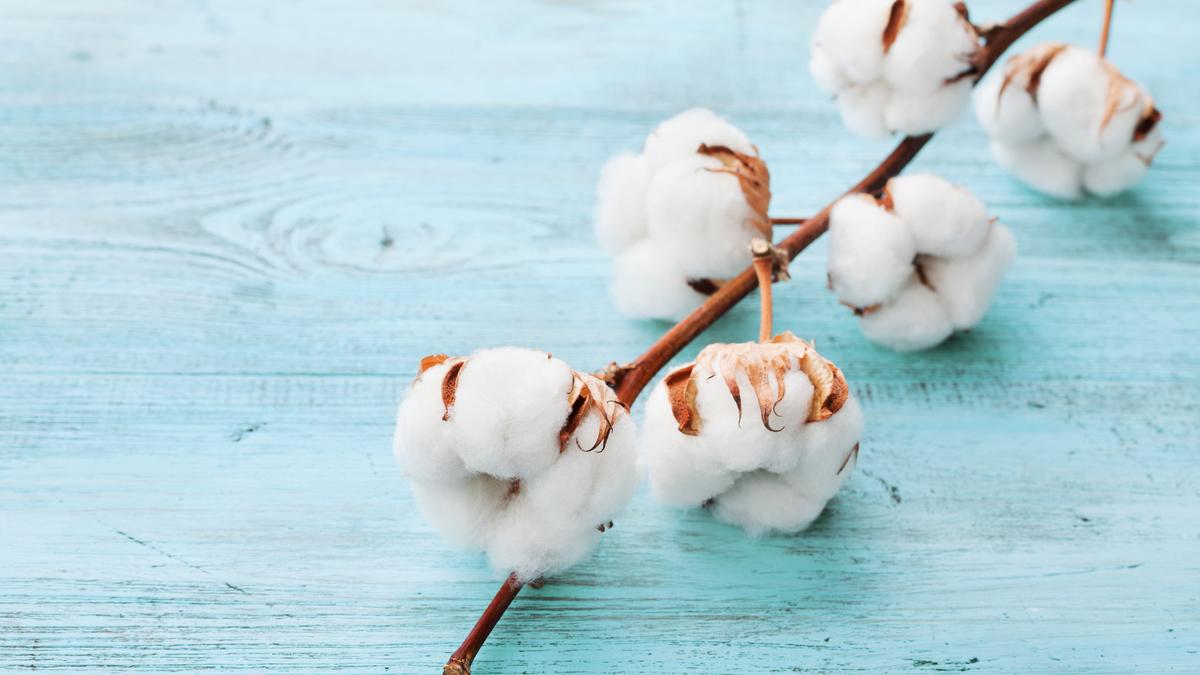CFC Projects Feature in Public Awareness Activities of the International Year of Natural Fibres 2009
Natural fibres will be in the spotlight this year, after the United Nations designated 2009, as the International Year of Natural Fibres (IYNF). At the recent launch ceremony hosted by the FAO in Rome, a promotional video on natural fibres financed by the Common Fund for Commodities was released to the media and to the public.
ROME - The main objective of the International Year of Natural Fibres is to raise the profile of natural fibres and to emphasise their value to consumers while helping to sustain the incomes of the farmers.
The video will help promote and raise public awareness of the importance of familiar natural resources, often taken for granted. Also announced at the launch, was a series of global programme activities and events to celebrate the virtues of cotton, flax, sisal and hemp, but also of wool, alpaca, camel hair and angora in 2009.
The Common Fund has a major portfolio for natural fibres and projects in Tanzania, Brazil, Bangladesh, India, and the Philippines, which cover sisal, jute, cotton, coir and abaca.
Hafez Ghanem, FAO Assistant Director-General for Social and Economic Development, said, "Production of animal and vegetable fibres was a major agricultural sector, worth some $40 billion annually to the world’s farmers."
Fibres, he noted, in some cases, account for up to 50 percent of a developing country’s exports. "Farmers and processors in these countries depend on proceeds from the sales and exports of these natural fibres for their income and food security."
Natural fibres, were at one time of great strategic economic importance, and while silk for centuries held a central role in international trade – natural fibres have increasingly been displaced by synthetic materials.
Every year, some 30 million tonnes of natural fibres are farmed from animals and plants across the globe from China (cotton, wool, hemp, sisal, ramie silk etc) to the Andes (Alpaca). The biggest crop is cotton, with an annual production of some 25 million tonnes while 2.2 million tonnes of wool is produced every year in almost 100 countries.
In volume terms, jute, which comes from the bast, or skin, of Corchorus plants, is the world’s second biggest fibre crop (2.3-2.8 million tonnes) but is worth far less than wool in terms of cash. Main producers are India and Bangladesh. Sisal, henequen and similar hard fibres are produced from the leaf of the Agave mainly in Africa, Latin America and China.
Coir, the fibre from the husk of the coconut, is used in upholstery and mattresses but is finding new applications in geotextiles and composite materials. Abaca, from the leaf stalk of a plant closely related to the banana, is produced almost entirely in the Philippines and Ecuador. While traditionally used for rope-making, it is now pulped for a range of speciality papers for sausage casings, tea bags, coffee filters and bank notes.
Celebrations of IYNF 2009 will include conferences, exhibits, and fashion shows in many countries, including an International Mohair Summit in South Africa and a Creative Fibre Festival in South Canterbury, New Zealand. FAO and related organisations are appealing to member countries and natural fibres industries to provide additional funding, in order to co-ordinate activities and provide support to partner organisations around the world.

